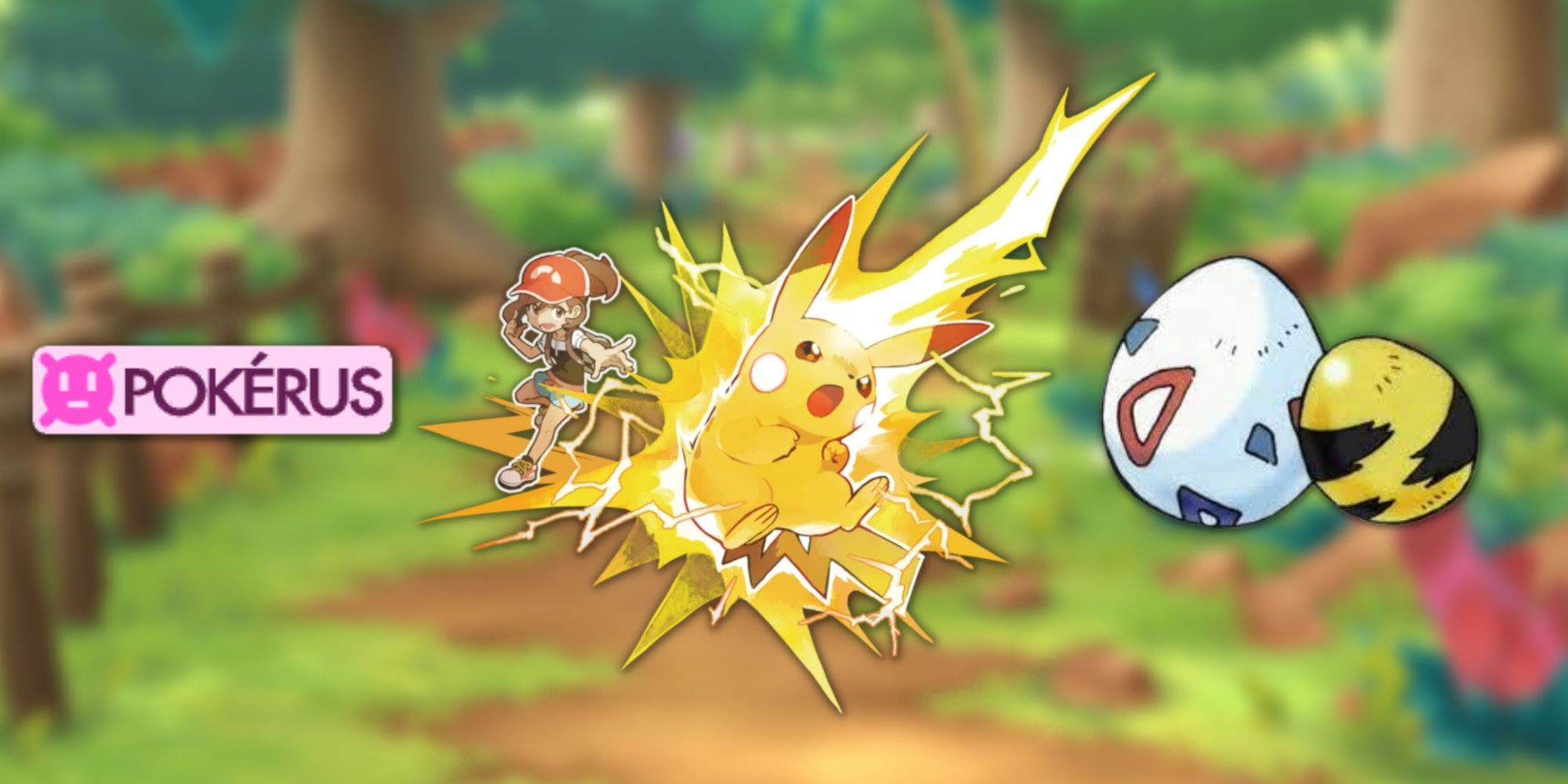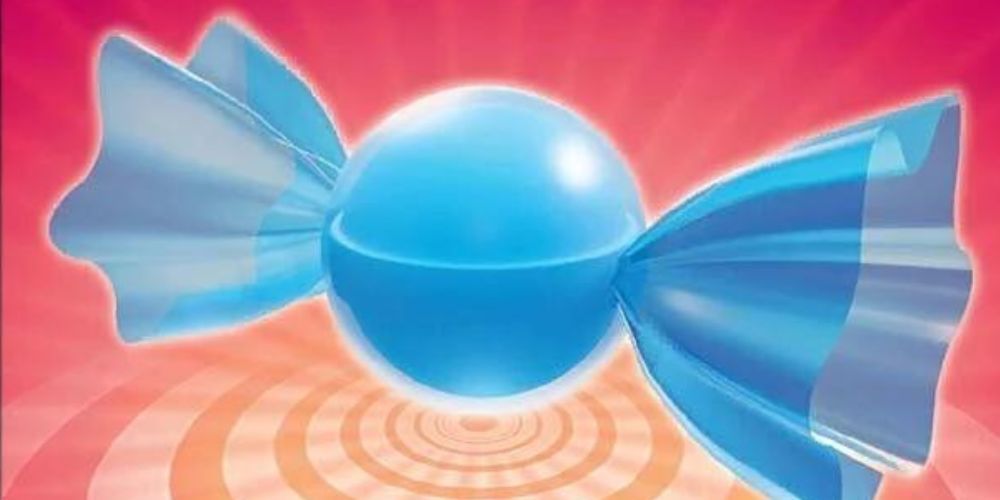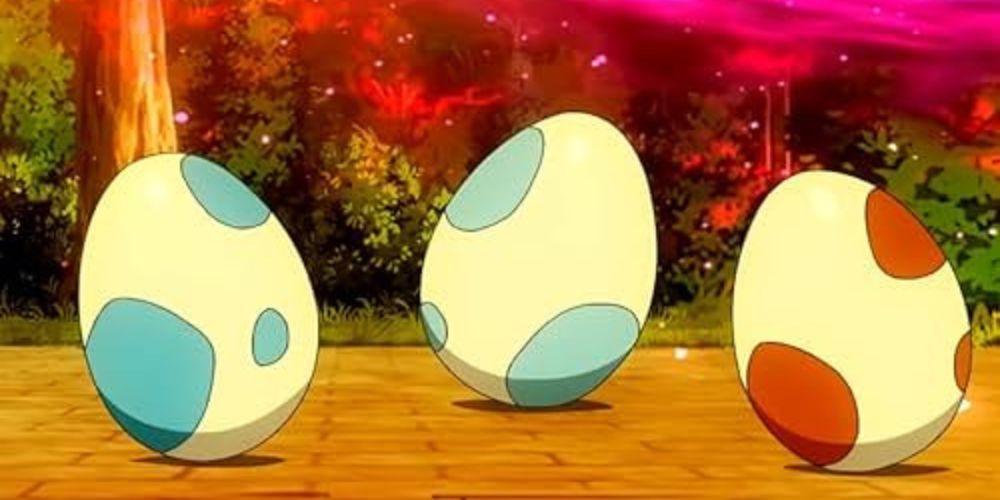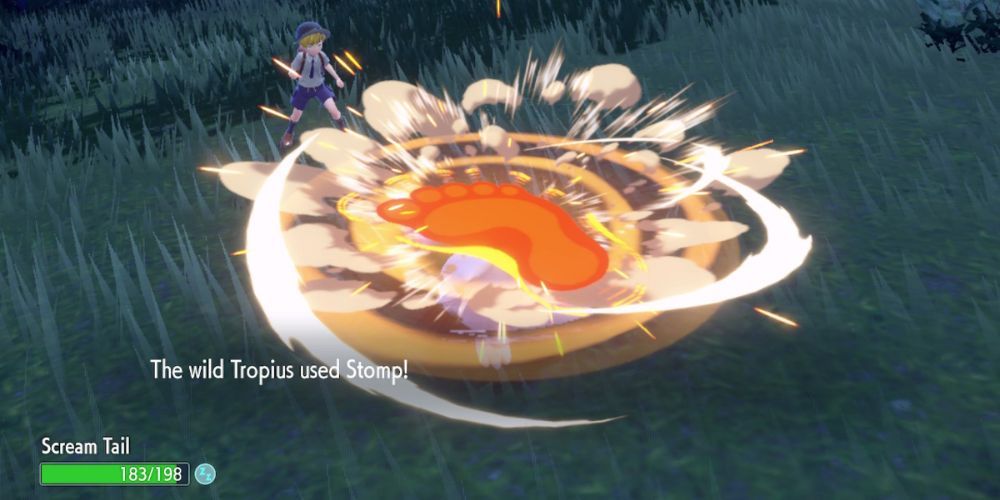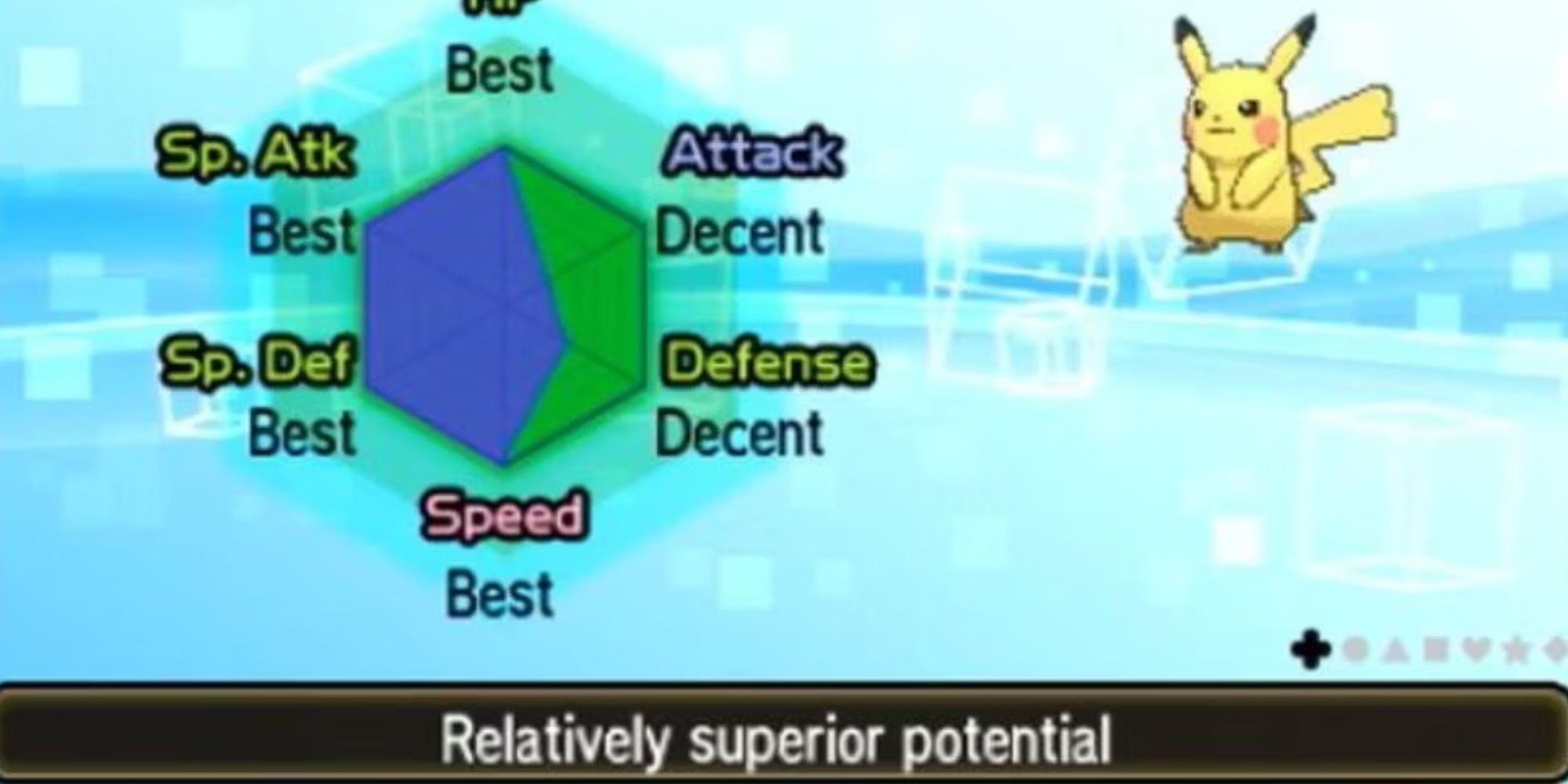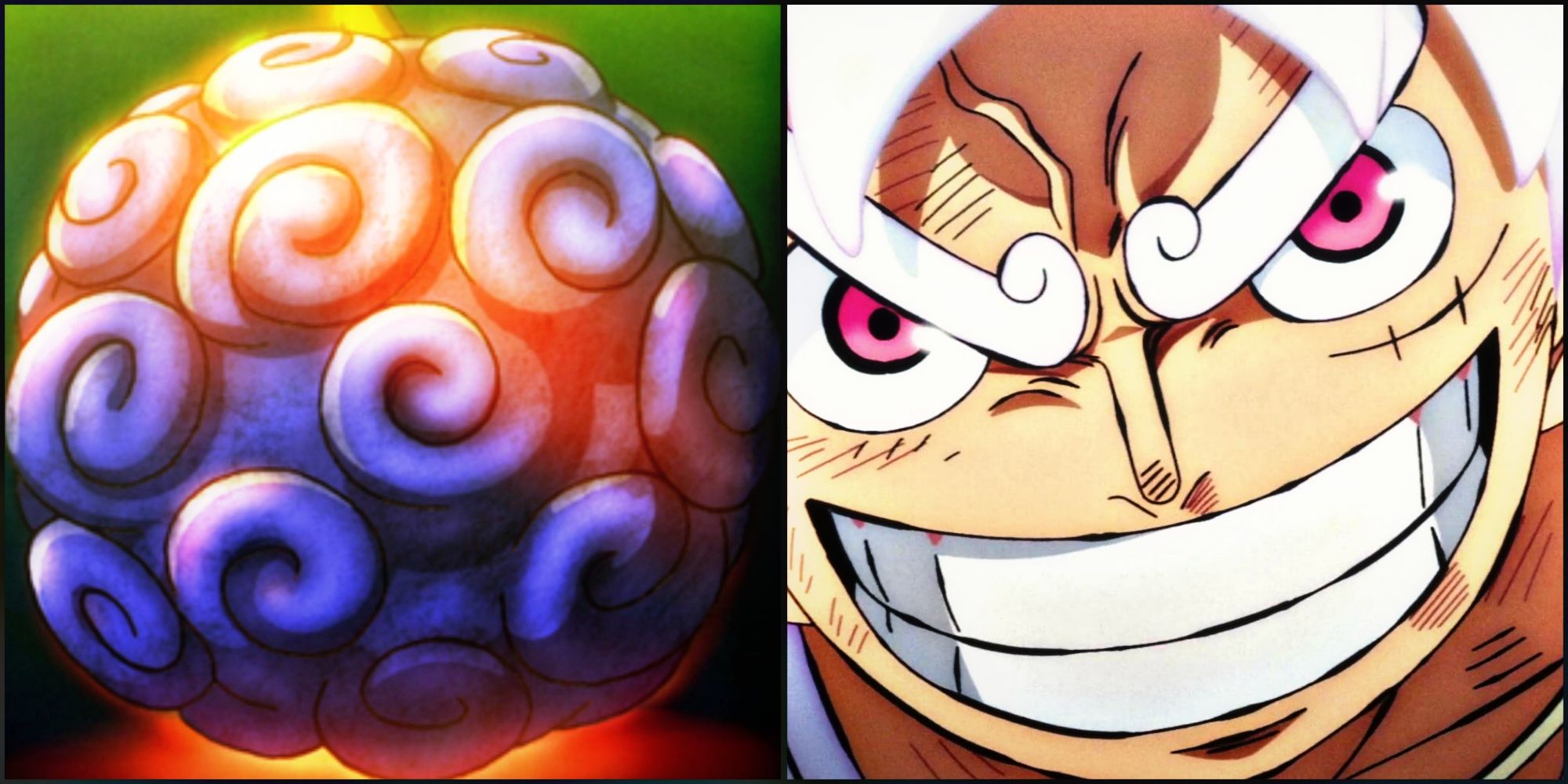Highlights
- Pokemon games have hidden mechanics that players often have to discover on their own, like the same-type attack bonus (STAB) that increases damage when a Pokemon uses a move of its own type.
- Rare Candies can not only level up a Pokemon instantly, but they can also revive a fainted Pokemon with a small percentage of HP that is restored.
- Breeding Pokemon allows for the passing down of moves called Egg Moves and the use of an Everstone can ensure that the offspring will have the same Nature as one of their parents.
The Pokemon franchise has managed to stay relevant for many years because of two big things: the designs of its amazing original creatures and its role-playing gameplay that can be enjoyed by both kids and adults alike because of its accessibility and fun factor.
20 Pokemon With The Highest Attack
A high attack stat really helps separate the good Pokemon from the extraordinary. If you prioritize high attack, these are the Pokemon for you.
On the other hand, however, what may seem like a simple RPG for kids on the outside actually has a lot of deep mechanics within. And what’s especially interesting is that the Pokemon games don’t usually tell the player about some of these mechanics, forcing them to search on the internet and talk to other fans in order to figure them out.
7 STAB
Same-Type Attack Bonus
One of the reasons the game designers at Game Freak may feel like they don’t need to explain every specific mechanic is that some of them may come naturally to the player’s mind. For example, when a Pokemon of a specific type uses a move of that same type, it should be beneficial to it, right?
That’s the exact logic behind the same-type attack bonus mechanic, colloquially known as STAB. When a Pokemon uses a damaging move of one of its own types, said move will get a x1.5 damage increase. While this is something that most players may be familiar with, most Pokemon games don’t even explain STAB explicitly or have this explanation hidden away in some text that most people never get to read.
6 Rare Candy Revival
Revive A Pokemon By Raising Its Level
The Rare Candy is one of the most sought-after items in the Pokemon games. This is because just giving one of them to a Pokemon will make them increase by one level instantly. But there’s an additional benefit to Rare Candies that most players may not know exists: They can also be used to revive a Pokemon.

The 21 Creepiest Pokemon Ever (That Are More Intense Than You Remember)
Not all Pokémon are as cute and cuddly as Pikachu. These guys are way too creepy to ignore.
If a player gives a Rare Candy to a fainted Pokemon, they will not only level up, but they will also be revived with a small percentage of HP. This happens because leveling up raises all of a Pokemon’s stats, including its HP. This particular fact has never been stated in any of the item descriptions for the Rare Candy.
5 Passing Down Traits
Pokemon Can Share Characteristics With Their Parents
Breeding is one of the most important mechanics in all of Pokemon, and it’s something that is not hidden at all. But there are, however, some specific aspects of this mechanic that most players won’t find out about. For example, there are moves known as Egg Moves that will be passed down from a parent to their offspring. There are some species that can learn certain moves exclusively by this method.
The most interesting hidden mechanic related to breeding exists thanks to the Everstone. When a Pokemon holds this item, it will prevent it from evolving. But what most people don’t know is that a Pokemon’s offspring will have the same Nature as one of their parents, as long as they are holding an Everstone when left at the Nursery. This is especially important for players who are interested in building competitively viable teams.
4 Moves With Unique Properties
The Games Don’t Tell You Everything About Some Moves
Moves may be the second most important part of the Pokemon franchise, behind the Pokemon themselves. And with more than 919 moves currently in existence (as of Generation 9), it is only natural that some of them may have special properties unique to them that most players have never heard about. While some of these may be explained in the move’s description, others are not stated anywhere else.
Stomp, is a move that will deal double damage to any opponent who has previously used Minimize, and the move Gravity will boost the accuracy of other moves, aside from grounding Flying-type Pokemon. There are also moves that deal damage by combining two types, like Flying Press, Hawlucha’s signature move, or Freeze-Dry, an Ice-type move that deals super effective damage to Water-type Pokemon, even though they usually resist Ice-type damage. It’s important to try out every move as much as possible in order to figure out its true potential.
3 Pokerus
A Disease That Will Benefit The Player
No trainer wants their Pokemon to get a disease, especially one with a name as threatening as Pokerus. But the truth is that this is actually a virus that will benefit the player in a very useful way since it will instantly double the effort values a Pokemon gets from battling. This is especially important for the method known as “EV Training.”
A Pokemon will get Pokerus when it is infected by another that already has the virus, and it can’t be cured in a Pokemon Center. It can only disappear after an entire day has passed. This means that players can easily spread and contain the virus by building entire PC Boxes comprised of Pokemon with Pokerus in them. It’s a unique and complex mechanic that has yet to be properly explained in the games.
2 Effort Values
Maximize A Pokemon’s Stats With EV Training
Competitive Pokemon Training is a serious matter, and it’s usually made of a lot of invisible mechanics players may not know about. One of them is the points known as Effort Values (Or EVs). Each one of a Pokemon’s base stats, HP, Attack, Defense, Special Attack, and Special Defense, has a unique number related to it.
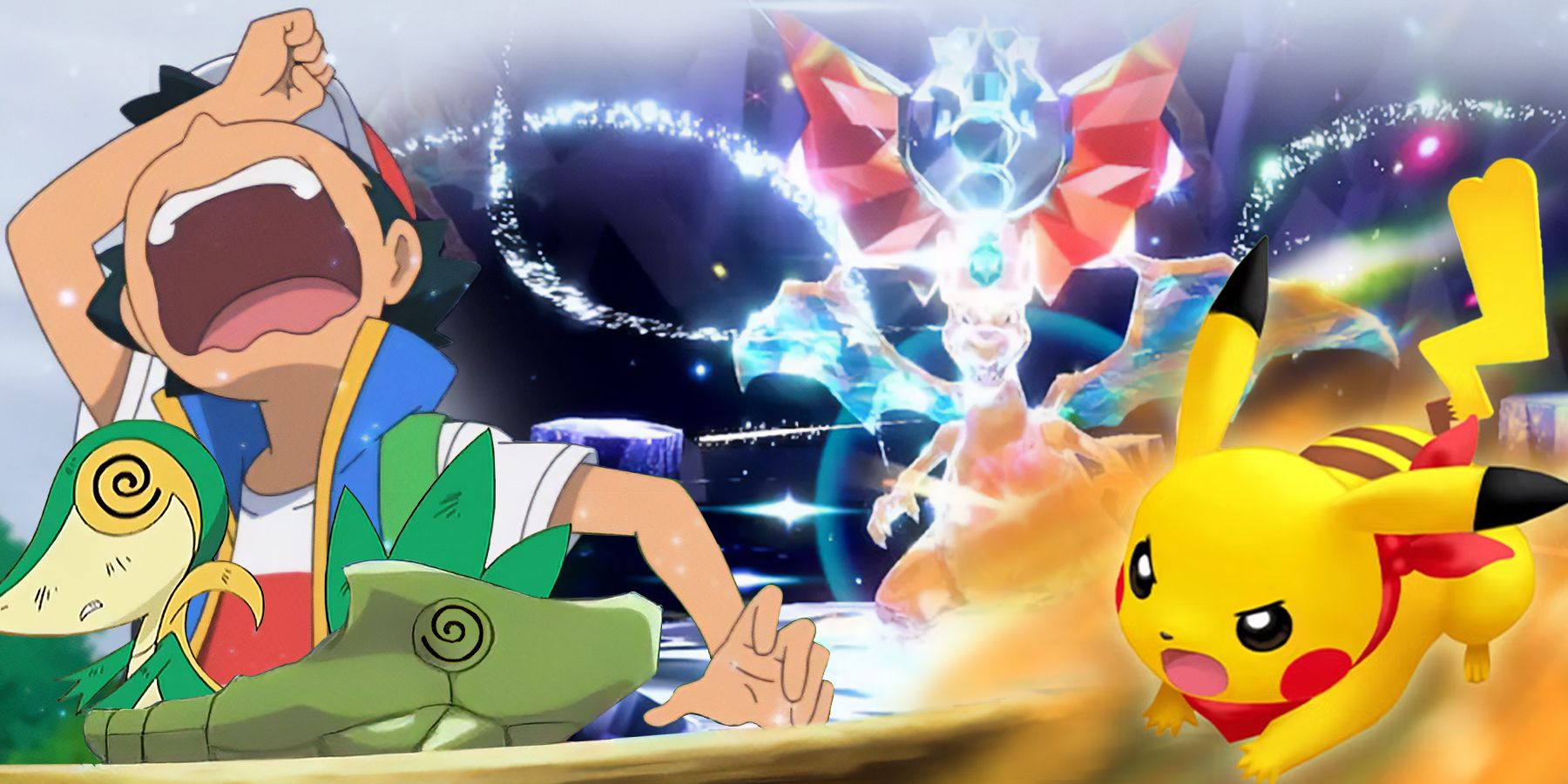
Pokemon: 15 Challenges That Can Make The Games Harder
The Pokemon franchise is not the most difficult games out there, but these challenges can help for those looking for some added challenge.
What’s mainly interesting about these numbers is that they can be increased by knocking out Pokemon of a specific species. As previously stated, this is the method known as EV Training, and it is crucial to competitive play. While the Pokemon games have hinted at the existence of EVs in one way or another, they never actually give a full in depth explanation on the matter.
1 Individual Values
The Genes Of The Pokemon World
Pokemon are such complex creatures that they actually have genetics. Their genes are called Individual Strengths, better known among fans as Individual Values (Or IVs), and they’re also regarded highly by the competitive Pokemon community because of their relation to Effort Values. They are a set of values that, together, will determine the base stats of a Pokemon, alongside their Nature and their EVs. Individual Values are generated randomly, so they vary from creature to creature. Because of this mechanic, there are entire mathematical equations to help calculate a Pokemon’s stats, so it can get really deep.
IVs are not explained anywhere in the Pokemon games, but they have been mentioned by some of the developers. Game designer, Shigeru Ohmori, has stated that they have decided to hide IVs and EVs from the players because they prefer to think of Pokemon as “real, living creatures” with their own genetics.
